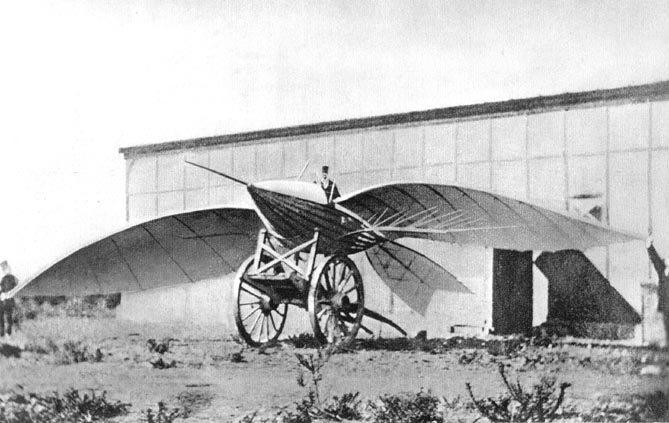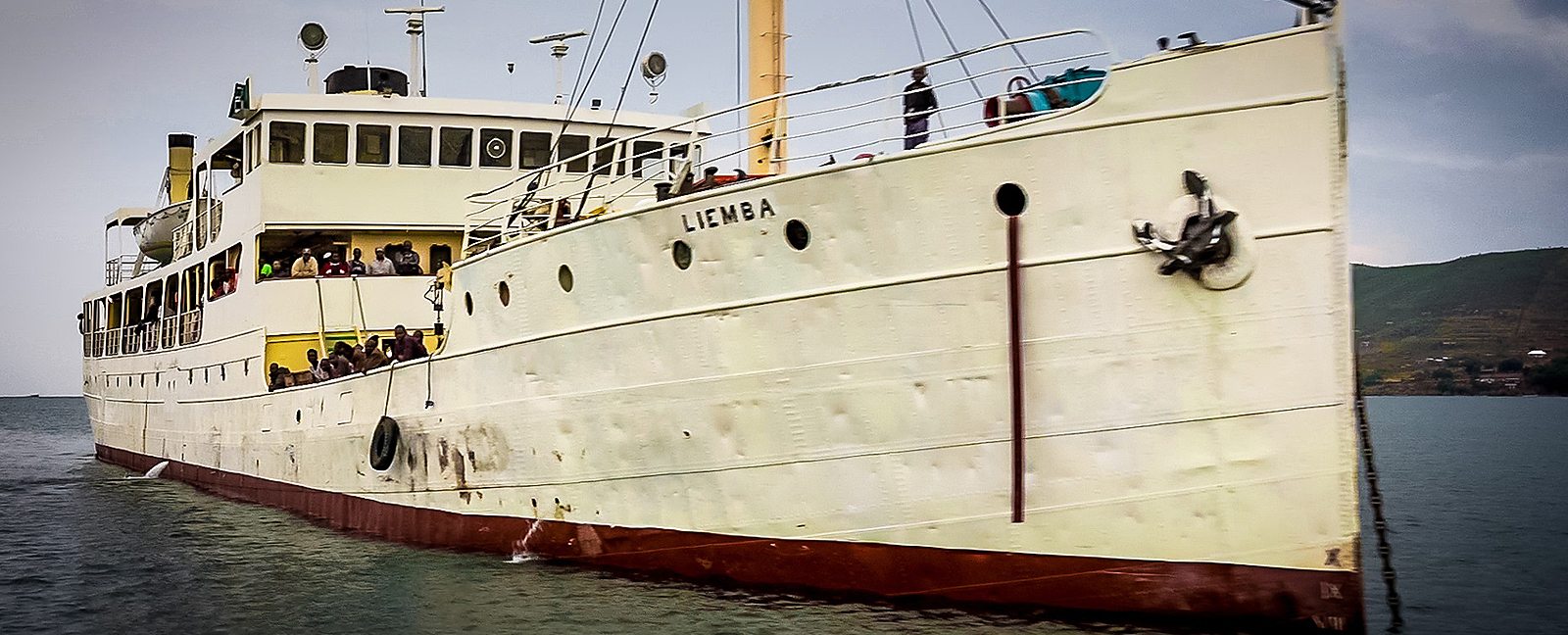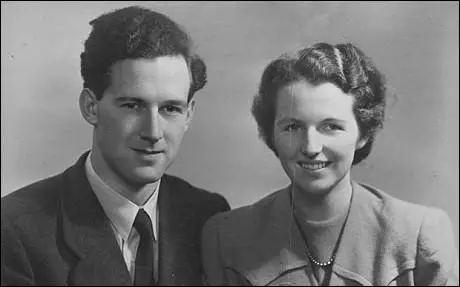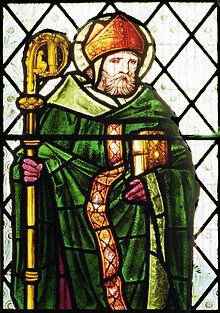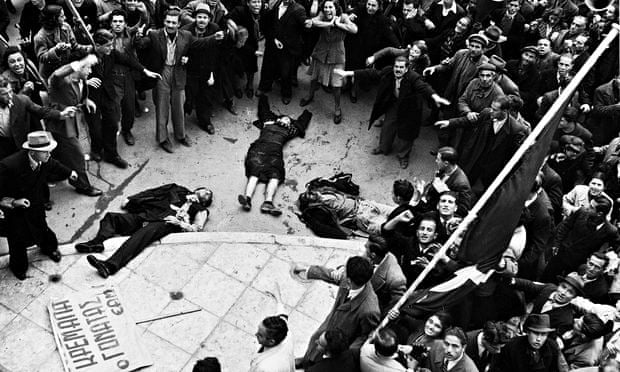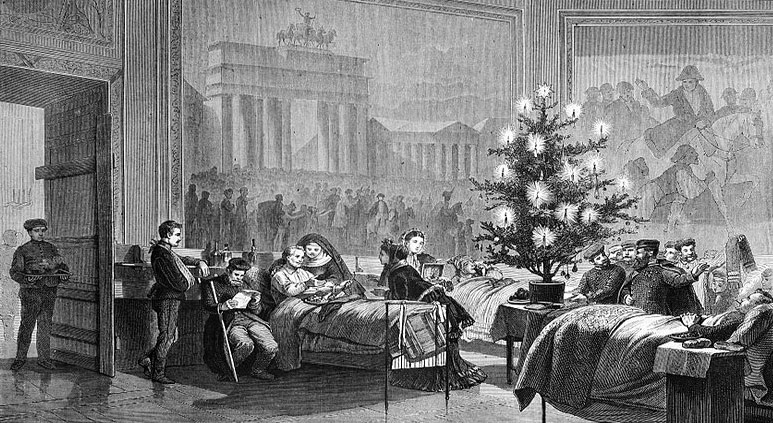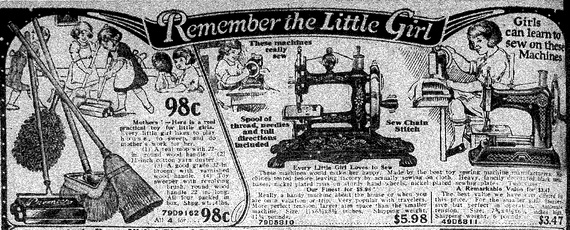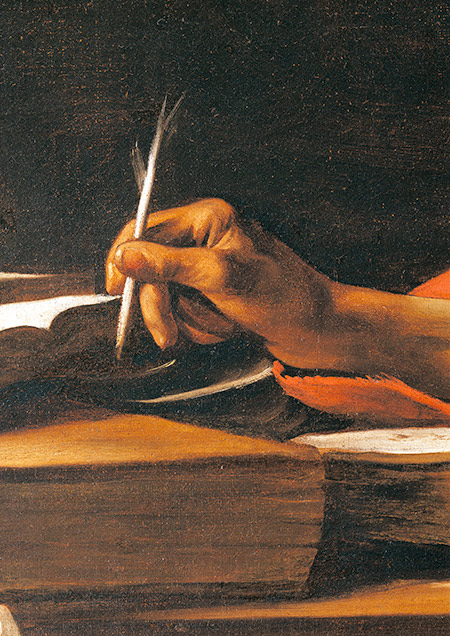![A British officer inspects a Lewis Light Machine Gun on a ‘Louch Pole’ mounting in a frontline trench. The picture was taken after the Mk I steel helmet had been introduced. A British officer inspects a Lewis Light Machine Gun on a ‘Louch Pole’ mounting in a frontline trench. The picture was taken after the Mk I steel helmet had been introduced.]()
By 1914 all European armies had a magazine-fed bolt action rifle. The British Army had the Short Magazine Lee Enfield Mk III Rifle more commonly known as the SMLE; it was the standard infantry rifle in the First World War and would be for much of the Second World War. A bolt action weapon that fired a .303 calibre round it weighed 8.62lbs was 44½in. long and had a ten-round magazine. Sights were set out to 2,000 yards. The ‘sword’ bayonet fitted to the SMLE had a formidable 17in. blade; the theory behind this was that it gave a foot soldier sufficient reach to be able to bayonet a mounted soldier. A soldier could actually load eleven rounds if he had one in the breach, or ‘up the spout’, and this gave him a significant advantage over German soldiers whose Gewehr ’98 had a five-round magazine. In the hands of a trained soldier the British Short Magazine Lee Enfield was easily capable of 15rpm (rounds per minute) of accurate fire.
However in the 1930s, a Small Arms School Corps Warrant Officer managed a rate of 37rpm. Reliable and extremely accurate, the SMLE is regarded by most authorities as the finest rifle of the First World War. The 7.92mm Gewehr ’98 introduced into service with the Imperial German Army on 5 April 1898 was designed by Paul Mauser and was the standard infantry weapon in the First World War. While the Mauser’s action is superb and there are an estimated 102 million rifles with the model ’98 bolt action worldwide, the rifle suffered, as we have seen, from its inferior magazine. However, the Mauser fired one of the highest velocity rounds of the First World War – the ‘S round’ had a muzzle velocity of 2,882ft per second (fps). In contrast the British .303 round exited the barrel at 2,060fps and the French rounds at 2,060fps. Higher muzzle velocity meant that a soldier could engage distant targets without having to make ballistic adjustments. In other words to hit a target at 700 yards a Lee Enfield round would climb to a height of 10ft from the ground, while a Mauser ‘S round’ reached approximately 6ft.
The 8mm Lebel Fusil Modèle 1886 with which the French Army entered the war had been the first service rifle to fire smokeless ammunition, although this was its only design distinction. It retained the straight bolt action of the Gras rifle of 1874. The French rifle was modified in 1893 and again five years later, but had one key fault. This was its eight-round tubular magazine derived from the Austrian Kropatschek rifle in which the bullet of one round butted up against the percussion cap of the cartridge case in front. It was slow to load and there was always the risk if the job was rushed that the bullet of one round would hit the percussion cap of the round in front and cause an explosion. The Lebel was replaced during the war by the 1907 Berthier; a more modern design that used the Berthier bolt action and the box magazine feed from the Mannlicher. The box was better than the tube magazine, but French soldiers were equipped with three- round clips in contrast to the five-round clips used by the British and Germans. The rifle was further modified in 1916 to take a five-round box magazine and the resulting weapon was widely used by a number of foreign armies in the inter-war periods.
Officers were armed with a revolver and sword – both were soon discarded since they made the user an obvious target for snipers. The pistol carried by British officers was often the powerful British Webley .455 revolver, developed by Webley & Son (Webley & Scott Co. since 1897) in the 1870s. The British Webleys were the first top break revolvers with a two piece frame, which hinges (or breaks) at the forward low end for ejection and loading. The ejector operates automatically when the frame is broken open and all six empty cases are ejected simultaneously from the cylinder. The cartridges then can be inserted by hand. Designers of revolvers in all calibres adopted the top break system, as it made for quick reloading – crucial in a short-range fire fight. Webleys that had been rechambered for the .45 ACP (Automatic Colt Pistol) round had two three-round half-moon clips that further sped up reloading. The first Webley revolver was officially adopted for service in the British Army and Royal Navy in 1887, as a Webley Revolver .455 Mark I. It was a top break, six shoot, double action revolver, chambered for the .455 British Service cartridge. This cartridge fired a big 265-grain lead bullet, but because it used black powder it had a relatively slow muzzle velocity of 600fps. A smokeless version of this cartridge was later developed but this still had a low velocity since it could also be fired in early revolvers. All Webley revolvers were single/double action or double action only, with a very distinctive barrel shape and frame lock with lock lever on the left side of the frame and V-shaped lock spring on the right side.
A few years later, the French Army adopted an 8mm revolver the Modele D’Ordonnance (Lebel) 1892 – it was a revolver that would soldier on almost into the twenty-first century and particularly enjoyed a remarkable longevity in service with the French Army. The pistol had a conventional swing out cylinder with the release button on the right, which made it a user-friendly weapon for lefthanded shooters. The revolver has an ingenious system that allows the left-hand side plate to swing forward on a hinge to expose the mechanism for cleaning. Like many weapons developed in the late nineteenth century the revolver used its own special 8mm ammunition. Though this was a robust and workmanlike weapon many French officers purchased their own self-loading pistols which their regarded as more chic – however this move would have presented ammunition supply problems.
However, the iconic pistol of the First World War and a much sought after trophy was the Luger self-loading pistol, known in German Army service as the Pistole 08 from its year of adoption. It was named after George Luger, a designer at the Ludwig Löwe small-arms factory in Berlin. The Lugers’ design is based on earlier Hugo Borchard idea, but Luger re-designed the Borchard’s locking system into a much smaller package. The first military Lugers were made in 1900 to a Swiss order. The original calibre was 7.65mm but in 1902 the firm of DWM, along with Luger, by request of the German Navy developed a new round, 9x19mm Luger/Para[bellum], one of the most common pistol cartridges in the world, by re-necking the case of the 7.65mm Luger round and the type was adopted for the German Navy in 1904. The standard pistol had an eight-round box magazine and fired a 9mm Parabellum round with a maximum effective range of 230ft.
The toggle-joint mechanism was complex, but made the weapon comfortable to fire and therefore more accurate. The pistol had its place in the quick and violent fighting patrols called ‘trench raids’ in which soldiers carried clubs, knuckle dusters and knives that were silent and could be used in trenches in hand-to-hand combat. Only the revolver or self-loading pistol was a useful weapon in these confined spaces. However, the First World War battleground would in many ways be dominated by the machine gun.
![The Short Magazine Lee Enfield in the capable hands of a Rifleman who is demonstrating the correct way in which to load a charger (clip) of five rounds. The magazine held ten rounds and an eleventh could be loaded into the breach. The Short Magazine Lee Enfield in the capable hands of a Rifleman who is demonstrating the correct way in which to load a charger (clip) of five rounds. The magazine held ten rounds and an eleventh could be loaded into the breach.]()
The Vickers .303 Medium Machine Gun Mk I entered service in 1912 and soldiered on with the British Army until 1974. It was a Maxim mechanism that had been inverted and improved. With water in the cooling jacket the gun weighed 40lb and the tripod 48.5lb – the total weight was 88.5lb. The Vickers machine gun had a muzzle velocity of 2,440fps, a rate of fire of 450 to 500rpm and fired from a 250-round fabric belt. After the war the introduction of the Mark VIII round added a further 1,000 yards to the 3,600yd maximum range. Using a dial sight that was introduced in 1942 the gun could be used for indirect fire. Its greatest drawback was that the massive weight of fire it delivered was only arrived at with the expenditure of huge amounts of ammunition. Added to this it required considerable amounts of water to keep it cooled during prolonged firing. Ideal in trench warfare where positions remained relatively static for months or even years, it was less useful in manoeuvre warfare where its weight and the problem of keeping it supplied with ammunition became problematic. During the First World War it gained a reputation as the ‘Queen of the battlefield’ particularly when employed by men of the British Machine Gun Corps that had been founded in October 1915. It is a measure of the effectiveness and reliability of the weapon that during the British attack upon High Wood on 24 August 1916 at the Battle of the Somme it is estimated that ten Vickers fired in excess of 1 million rounds over a 12-hour period.
The opposite number to the Vickers machine gun, the German Maschinengewehr 08 (MG08), was almost a direct copy of the 1884 Maxim Gun and the German Army’s standard machine gun in the First World War. It was produced with a number of variations during the war. The MG08 remained in service until the outbreak of the Second World War in static positions; it was replaced by the MG34. It was withdrawn from frontline service by 1942. The 7.92mm MG08, based on the 1901 model but named after 1908 – its year of adoption, was water cooled by about one gallon of water in a jacket around the barrel. It fired from a 250-round fabric belt and had a cyclic rate of 400rpm, although sustained firing would lead to overheating. The MG08, like the Maxim Gun, operated on the basis of a toggle lock; once cocked and fired it would continue firing rounds until the trigger was released. Its practical range was estimated at some 2,200 yards up to an extreme range of 4,000 yards.
The French Army’s standard heavy tripod mounted medium machine gun throughout the First World War was the Hotchkiss 8mm M1914 machine gun. Although it was reliable it was also unquestionably heavy at 50lb (23kg) (88lb (40kg) with its mounting). Initially adopted in 1900 a number of models were produced until a gas-operated, air-cooled model was produced in 1914. Although the gun was generally well regarded the Hotchkiss’ twenty-four or thirty-round metal magazine strip, which fired 8mm Lebel rounds, was considered a notable design flaw. This was corrected when a 249-cartridge belt was introduced in 1915. The gun was still in service in the Second World War and captured weapons were used by the Germans in fixed fortifications on the Atlantic Wall. Even with the increased belt the gun was unable (for obvious reasons) to meet the theoretical cyclic rate of 600rpm, the practical firing capacity being 400rpm. The gun’s maximum effective range was approximately 4,000 yards.
All infantry rifles were equipped with a bayonet – tracing its origins back to the pike it was said that the bayonet took its name from the French town of Bayonne. There were three basic designs in service in the First World War. The ‘needle’ bayonet mounted on the French Lebel rifle that was prone to breaking, the knife-bladed or sword bayonet found on the SMLE and Gewehr ’98, and the serrated edged pioneer version used by German combat engineers. The serrated edge made it an effective saw, however since it was said to produce a ragged wound it was held up by the Allies as an example of ‘Hun frightfulness’. Bayonets were used in anger, however many men surrendered simply at the sight of a bayonet. They did have other uses and one British veteran said that they were used primarily for toasting food, poking a brazier, opening ration tins, and scraping mud off clothing, boots and rations. A candle could be secured to the grip with molten wax and the bayonet became an effective candlestick. Bayonets were sometimes ground down and modified as trench knives, with a shorter blade these were handy weapons in the confined space of a trench when a night-time raiding party needed to kill a sentry quickly and quietly.
Want to read more about the Battle of Ypres?
![]()
Ypres was a medieval town known for its textiles; however, it became infamous during the Great War with trench warfare, poison gas and many thousands of casualties. As the German Army advanced through Belgium, it failed to take the Ypres Salient. On 13 October 1914, German troops entered Ypres. On looting the city, the Germans retreated as the British Expeditionary Force advanced. On 22 November 1914, the Germans commenced a huge artillery barrage killing many civilians. Today the battlefields of Ypres contain the resting place of thousands of German and British soldiers. Battle Story: Ypres explores the first and second battles of Ypres through narrative, eye-witness accounts and images.

































